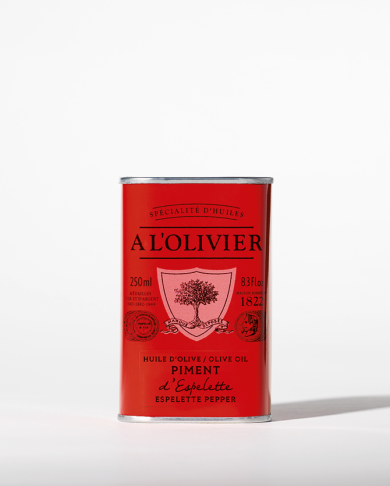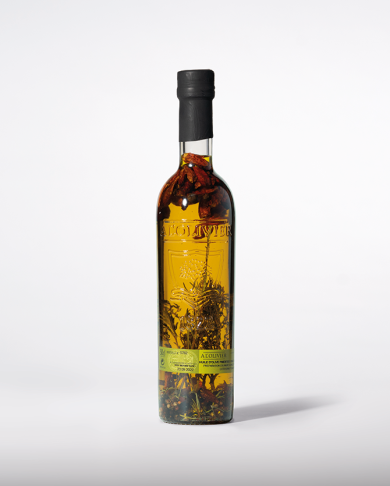INSPIRATIONS


Plant Secrets
| 02.11.2021
THE ORIGIN AND HISTORY OF CHILLIES

Chillies are generally associated with spiciness, or more precisely, a burning sensation in the mouth. The heat of a chilli is dependent on its capsaicin content, the chemical which causes the burning sensation.
The origin of chillies
A hot take on the history, uses, varieties, benefits and cooking of chilli peppers. The word “pepper” refers to the plant, its fruit, and one of the world’s favourite spices.
The history of chillies
Although chillies are now found in most of the world’s cuisines, this member of the Solanaceae family (a relative of the potato, tomato and aubergine) originated in South and Central America. Native Americans were cultivating and consuming chilli thousands of years ago, and the Aztecs use to pair it with cocoa!
However, it wasn’t until the end of the 15th century that chillies arrived in Europe, following the expeditions of Christopher Columbus. Here, they competed with black pepper, which was rarer and more expensive. This “red gold” first arrived in Europe on the shores of Spain. Portuguese and Spanish navigators then travelled with it to Asia and Africa. Chillies can now be found on almost every continent.
How is its strength measured?
Chillies are generally associated with spiciness, or more precisely, a burning sensation in the mouth. The heat of a chilli is dependent on its capsaicin content, the chemical which causes the burning sensation. In 1912, an American pharmacologist named Wilbur Scoville developed a method to grade the heat of a chilli. He did this by crushing several varieties of fresh chilli, diluting them with sugar water, and then having human taste-testers try the solution.
The “Scoville Unit” refers to the number of dilutions required to remove the burning sensation. They range from 0 to over 3 000 000 for the hottest chillies! For the sake of simplification, they’re often presented in a table from 0 to 10: neutral (0), sweet (1), warm (2), spicy (3), hot (4), strong (5), raging (6), burning (7), torrid (8), volcanic (9) and explosive (10). Over the past few years, North Americans have cross-bred chillies to create ultra-hot varieties that have smashed all the records, for example the “Carolina Reaper" or "Pepper X".
What are the different chilli varieties?
The varieties we tend to eat belong to five major domesticated species. The most commonly grown across the globe is Capsicum annum, which includes pepper (which isn’t at all spicy and represents 0 on the Scoville scale), sweet chilli (1), which is the chilli that paprika is made from, and jalapeño (5). What about the Espelette chilli? Protected by a protected designation of origin (PDO), this French chilli, which is traditionally dried on the walls of houses in the Basque country, is classified as "hot" (4).
The Capsicum frutescens species includes varieties that aren’t so widely cultivated, with the exception of popular chillies like Cayenne pepper (8), the African Bird’s Eye pepper (9) and the famous tabasco pepper (6), which is used to make the sauce of the same name. The explosive habanero chilli (10) belongs to the family Capsicum chinense. Despite the name, it doesn’t originate from China, but South America. Finally, the species Capsicum baccatum and Capsicum pubescens include much lesser-known varieties.

 Menu
Menu
 Mon compte
Mon compte  Wishlist
Wishlist  Panier
Panier 


